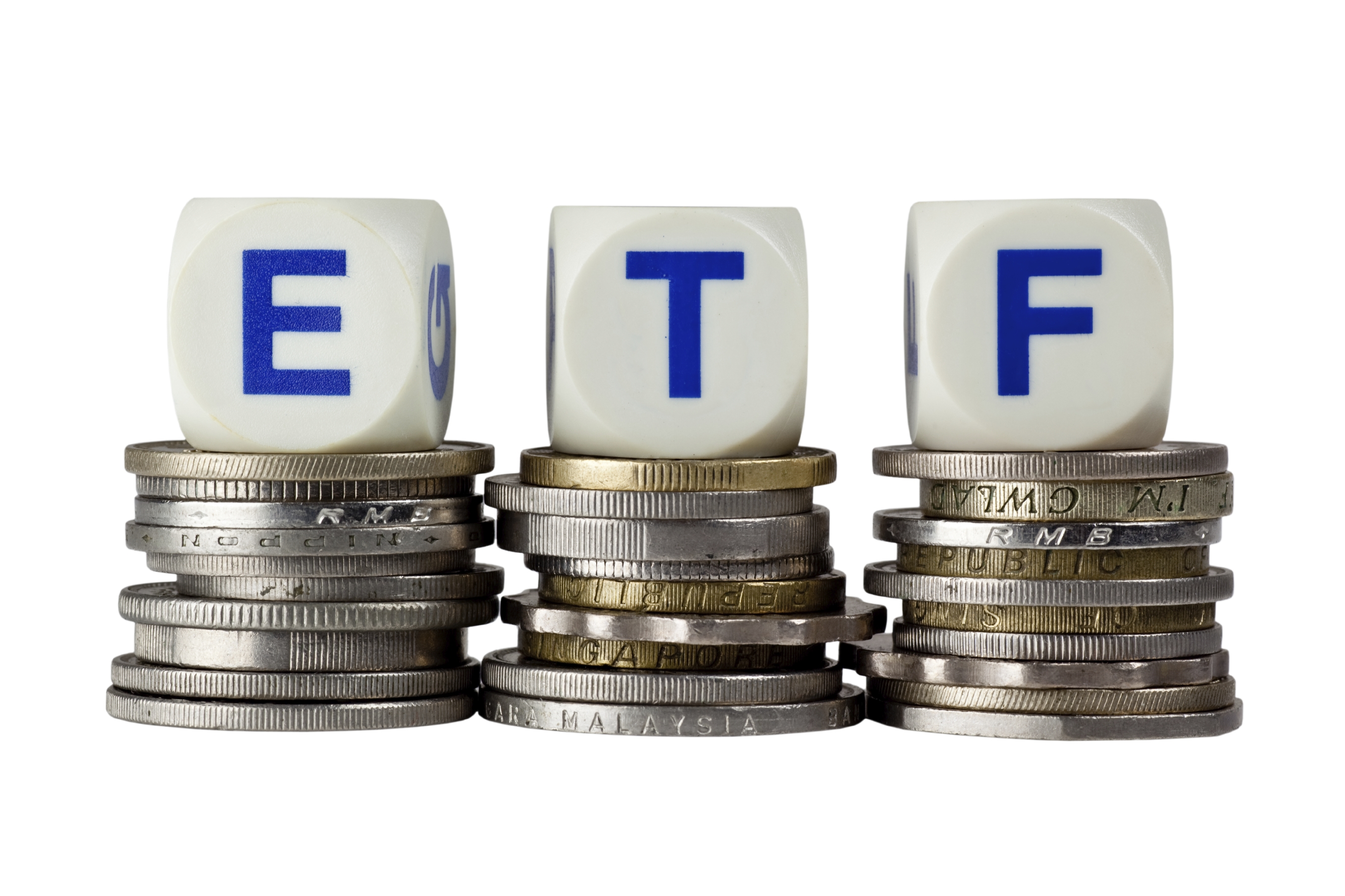Currency conundrum

The performance of the PowerShares DB US Dollar Bullish ETF, which tracks the performance of the US dollar against a basket of currencies, over the last year-and-a-half illustrates the vagaries of hedged currency ETFs.
Having recorded growth of 5.6% in 2015, it dipped by 4.4% in the first quarter of this year before renewed speculation about an imminent US interest rate rise saw the fund rise 2.1% in May.
Inflows into currency-hedged products are still subject to the level of interest in the underlying asset, explains Townsend Lansing, head of ETCs at ETF Securities, especially when these motivating factors work in unison. If the risk trade is ‘on’ at the same time as there is a need for currency hedging, the fund will see strong inflows.
assets at the same time as no longer needing to hedge USD currency exposure since the dollar had appreciated.”
“However, given that currency risks remain high, inflows are still strong in areas such as commodities where the underlying assets remain in demand,” he adds. “YTD currency-hedged commodity ETPs have seen approximately $800m, with much of those flows going into physical gold products.”
Currency-hedged instruments, whether OEICs or ETFs, were particularly popular with investors for European and Japanese equity exposure in the period when expectations were building for the introduction of quantitative easing programmes in those regions.
This was also the case in the immediate aftermath of the introduction of such programmes, since the experience elsewhere had been that while such unconventional policies boost asset prices and equities in particular, they also lead to currency depreciation.
Local volatility
“Currency-hedged ETFs can help lock in local market equity returns while stripping out any negative currency impact,” observes Jason Hollands, managing director business development at Tilney Bestinvest. “However, since the middle of last year these types of currency bets have been far harder to call, so it is unsurprising that investors have ditched currency-hedged ETFs for vanilla instruments.”
While interest in currency-hedged equity ETFs has fallen this year, Deutsche Asset Management head of ETF strategy EMEA & APAC Eric Wiegand says there is ongoing demand for currency-hedged equity exposure from international investors that want to remove implicit currency volatility from their portfolios.
exposure, we have seen increased demand for currency-hedged fixed income exposure using ETFs,” he says. “The fixed income ETF market is expanding rapidly and this is a market area where investors often want to remove the currency risk from their international investments as it is the bond risk – credit and rate risk – that they want to take.”
From the current relatively low level of demand it would take unexpected extensions of unconventional monetary policy from central banks for the demand for currency-hedged ETFs to rise, according to Wiegand.
Investors will need to return to risk assets and also feel the need to hedge the underlying currency risk before they increase their commitment to currency-hedged ETFs, adds Lansing. “We expect to continue to see inflows where there is investor demand for the underlying assets,” he concludes.
Found this useful?
Take a complimentary trial of the FOW Marketing Intelligence Platform – the comprehensive source of news and analysis across the buy- and sell- side.
Gain access to:
- A single source of in-depth news, insight and analysis across Asset Management, Securities Finance, Custody, Fund Services and Derivatives
- Our interactive database, optimized to enable you to summarise data and build graphs outlining market activity
- Exclusive whitepapers, supplements and industry analysis curated and published by Futures & Options World
- Breaking news, daily and weekly alerts on the markets most relevant to you


